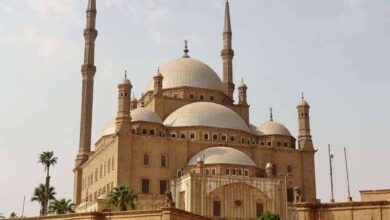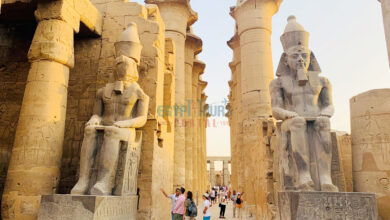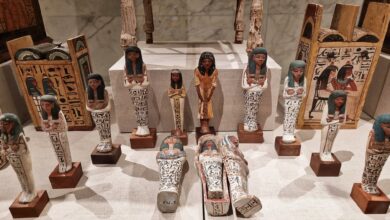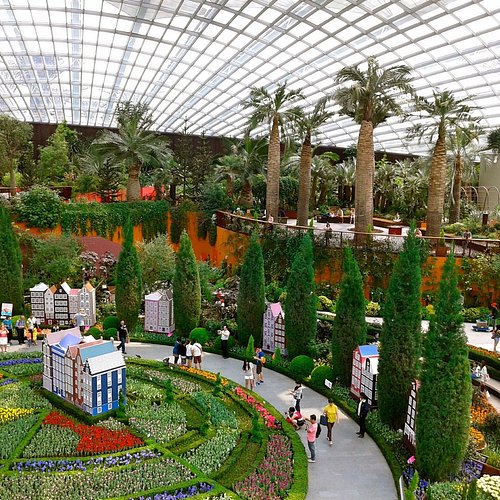Aria Travels
Egypt
August 31, 2025
(no title)
Egypt
August 30, 2025
10 Most Dangerous Tourist Destinations for Thrill-Seekers (2025 Guide)
Source: res.cloudinary.com Introduction Overview of Thrill-Seeking Tourism Thrill-seeking tourism has captured the hearts of adventurous…
Egypt
August 30, 2025
7 Weirdest Hotels in the World You Have to See to Believe
Source: i.ytimg.com Introduction Definition of Weird Hotels Weird hotels, as the name suggests, push the…
Egypt
August 30, 2025
Hidden Gems: 10 Secret Beaches No Tourist Has Discovered Yet
Source: i0.wp.com Introduction Overview of Secret Beaches While popular tourist destinations can be thrilling, there’s…
Egypt
August 30, 2025
Solo Travel Safety: How to See the World Alone Confidently
Source: solotravelerworld.com Understanding Solo Travel Safety Definition of Solo Travel Solo travel refers to the…
Egypt
August 30, 2025
Space Tourism: Is This the Future of Travel? Latest Updates
Source: www.grupooneair.com Overview of Space Tourism Definition of Space Tourism Space tourism can be defined…
Egypt
August 30, 2025
Travel on a Budget: Top 10 Cheapest Countries to Visit in 2025
Source: i.ytimg.com Introduction Overview of Budget Travel Budget travel refers to the art of exploring…
Egypt
August 30, 2025
Smart Travel Hacks: How to See the World for Less
Source: easyplanettravel.com Introduction Definition of Smart Travel Hacks Traveling can be an exhilarating experience, but…
Egypt
June 14, 2025
Tourism in Egypt: A Travel Guide to the Land of Pharaohs and Timeless Wonders
Source: eybktovvaye.exactdn.com Introduction Overview of Tourism in Egypt Egypt, often lauded as a bridge between…
Egypt
June 14, 2025
Egypt Between Past and Present: An Unforgettable Journey Through Civilizations
Source: images.indianexpress.com Ancient Egypt : The Cradle of Civilization Nile River: Lifeblood of Ancient Egypt…



















